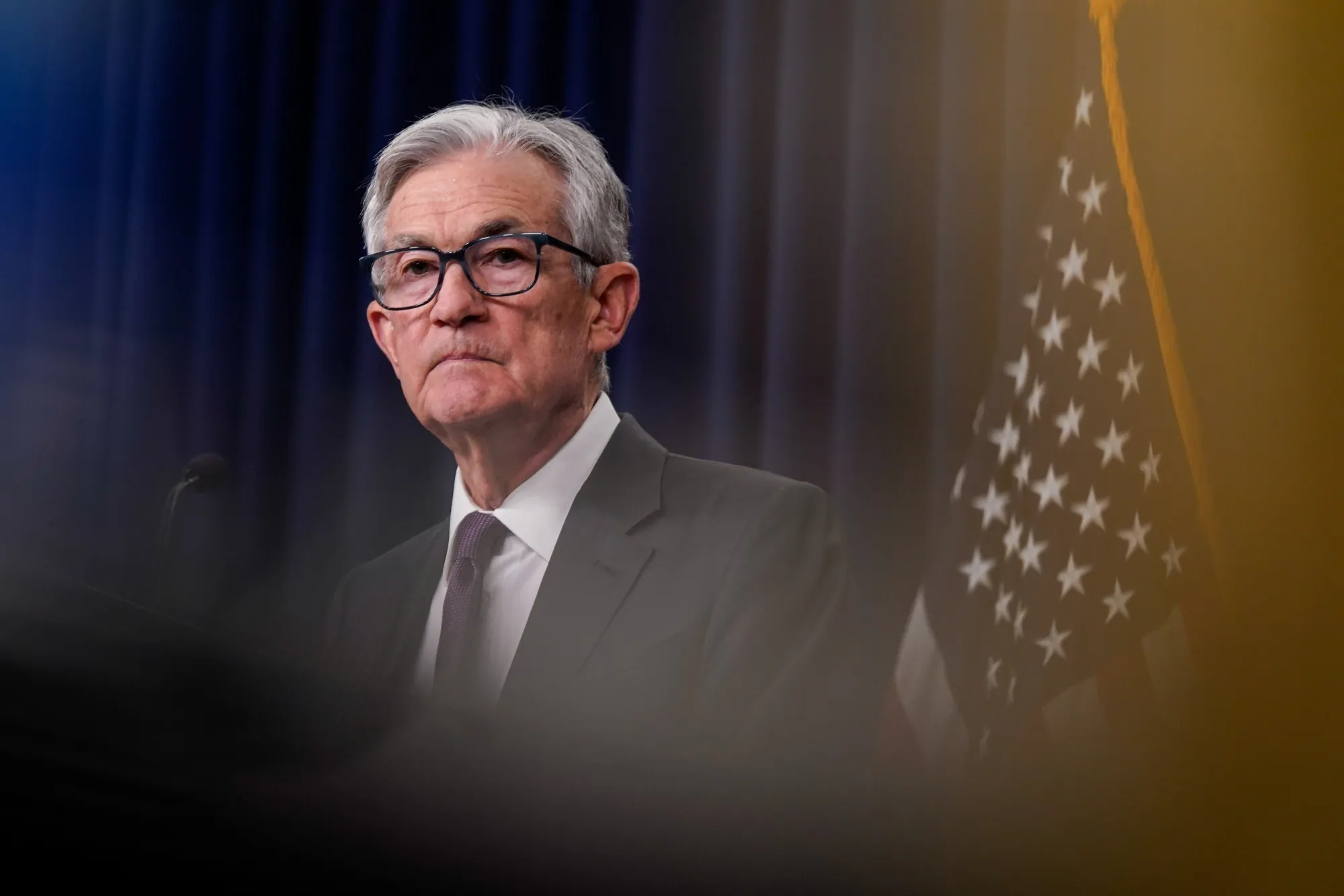
Jerome Powell Warns of Inflation Risks from Tariffs, Signals Fed’s Cautious Approach
Federal Reserve Chair Jerome Powell has expressed concerns over the potential inflationary impact of new tariffs, signaling a cautious approach from the central bank. In recent statements, Powell indicated that the Fed would monitor the situation closely before making any further moves on interest rates. This comes amidst heightened tensions over trade policies, which could lead to increased costs for consumers and businesses.
Powell's remarks were made in response to questions about the economic implications of tariffs, which have been a focal point of recent trade negotiations. He emphasized that persistent inflation could prompt a response from the Fed, but for now, the central bank is adopting a wait-and-see stance. This cautious approach is seen as an effort to balance the need to control inflation with the risk of stifling economic growth.
The stock market has reacted to these developments, with investors closely watching how the Fed's policies will evolve in light of the ongoing trade war. Analysts suggest that the uncertainty surrounding tariffs and inflation could continue to influence market sentiment and economic forecasts in the coming months.
Detailed
Related issues news
Do tariffs affect interest rates?
Some economists, however, warn that the tariffs could ignite inflationary pressures in the US, which may lead to higher interest rates for a longer period, potentially spilling over to affect the UK economy as well.
Will Powell cut rates?
Futures markets expect the Fed to cut its key interest rate at four straight meetings from June through October, reducing the rate from a range of 4.25% to 4.5% to a range of 3.25% to 3.5%. Powell's remarks suggest officials may be far more cautious about lowering rates.
What do tariffs do?
Tariffs are taxes charged on goods imported from other countries. Typically, they are a percentage of a product's value. For example, a 25% tariff on a $10 (£7.59) product would mean an additional $2.50 (£1.90) charge. Companies that bring the foreign goods into the country have to pay the tax to the government.
When will the Fed cut rates?
Traders reacted by boosting the number of interest rate cuts they expect to see from the central bank this year to four, as they bet recessionary worries will outweigh concerns about rising prices. They expect the first cut in June.



